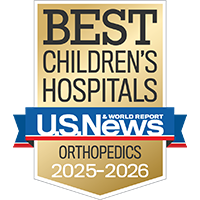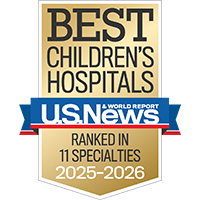Translation, please
We have interpreters for Cantonese, Mandarin, Spanish, Russian, American Sign Language and more.
Request an interpreter

Ligaments are bands of tissue that help to stabilize joints and prevent excessive movement. A sprain occurs when the ligaments are forced beyond their normal range of motion. This can happen when you roll, twist or turn your ankle during sports or regular daily activities. Since the symptoms of a sprain are very similar to those of a fracture, it is important to see a doctor to be properly examined. The doctor will check your range of motion and tenderness and will decide if additional imaging is necessary. The healing time for an ankle sprain is usually around 4 to 6 weeks.
Signs of a sprained ankle include:
Although treatment of the sprained ankle depends on the severity of the sprain, it most often includes using the R.I.C.E. approach.
Your doctor may incorporate range of motion exercises to reduce stiffness or physical therapy to help restore your child’s range of motion, flexibility, strength and balance. Balance and stability training are important to retrain the ankle muscles to work together to support the joint. Your doctor may also recommend using over- the-counter medications to help reduce pain and swelling.
If a sprained ankle is left untreated or your child returns to sports too soon, they may experience another sprain. Repeated ankle sprains can cause your child to have chronic pain, chronic joint instability and early onset arthritis. Because injuries and recovery times are different for every person, your doctor is the best person to determine when your child is ready to return to sports based on their examination. It is difficult to estimate an exact date when return to sports will be safe. Your doctor may also recommend using a brace to help support the joint for the first few months following an injury.
UCSF Benioff Children's Hospitals medical specialists have reviewed this information. It is for educational purposes only and is not intended to replace the advice of your child's doctor or other health care provider. We encourage you to discuss any questions or concerns you may have with your child's provider.

One of the nation's best for orthopedics

Ranked among the nation's best in 11 specialties
Translation, please
